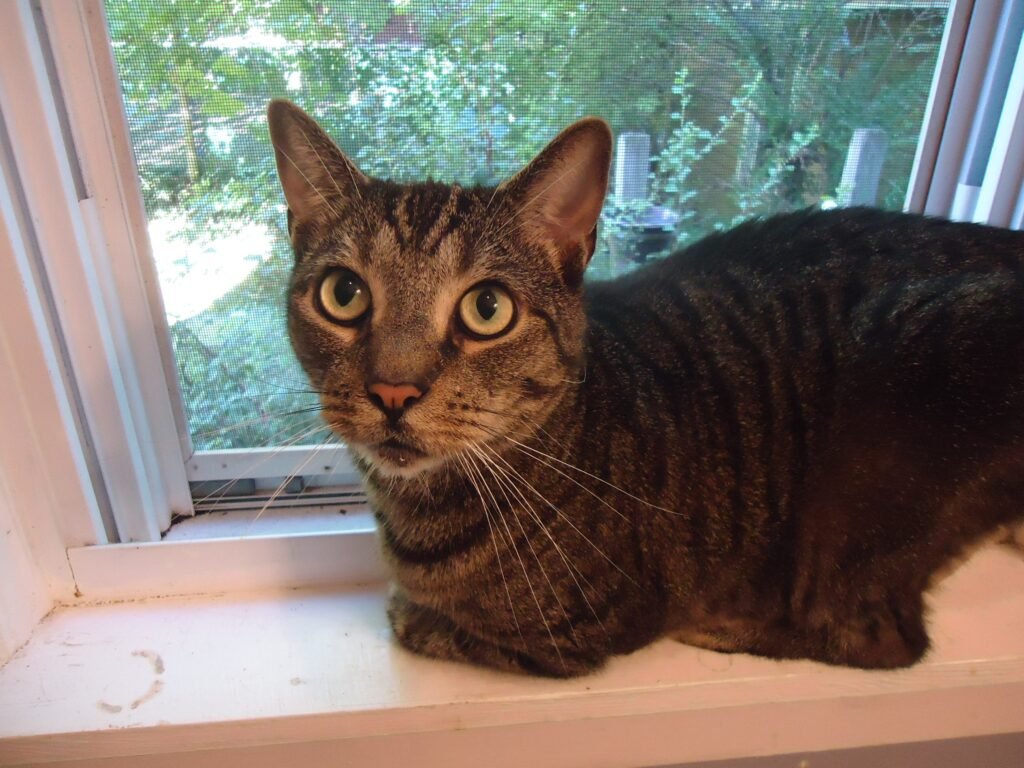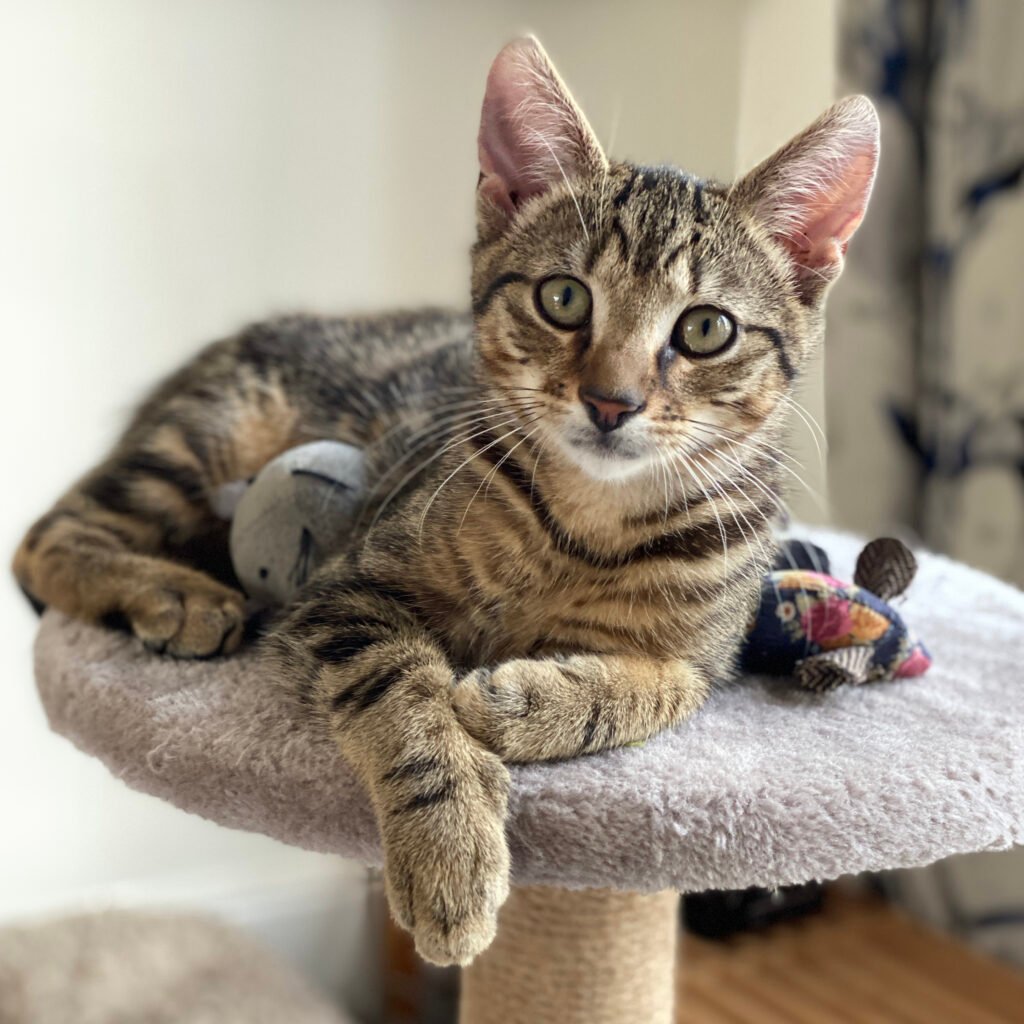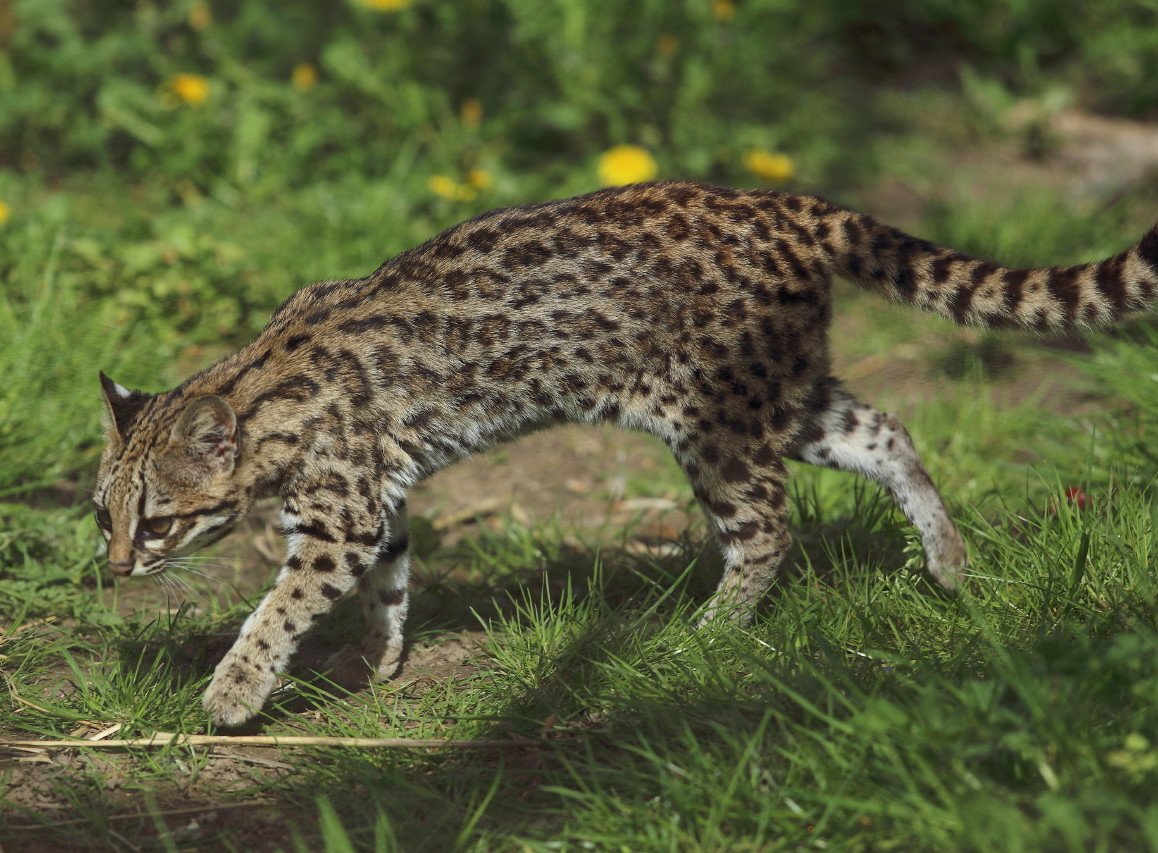The Sand Cat: The Desert’s Tiny Fierce Hunter

Meet the sand cat, a wild feline that looks like someone shrunk a regular house cat and gave it superpowers. These adorable hunters have fur on their paw pads to protect them from scorching desert sand. They can survive without drinking water for weeks, getting all their moisture from prey. Despite weighing only 3-8 pounds, they’re incredibly tough and can withstand temperatures that would kill most mammals. Their oversized ears aren’t just cute – they help them hear prey moving underground from incredible distances.
Pallas’s Cat: The Grumpiest Looking Wild Cat on Earth

If you’ve ever seen a cat that looks permanently annoyed, you might have spotted a Pallas’s cat. These fluffy predators have the most expressive faces in the feline world, always appearing judgmental or shocked. Their fur is so dense that they look twice their actual size, helping them survive brutal Asian winters. They’re about the size of a house cat but move like tiny tanks across rocky terrain. What makes them truly special is their round pupils – unlike most small cats who have vertical slits.
The Kodkod: South America’s Spotted Miniature Tiger

The kodkod might be the smallest wild cat in the Americas, but it packs serious attitude into its tiny frame. These spotted beauties are excellent climbers and spend much of their time in trees, unlike many other small cats. They’re so elusive that scientists still don’t know exactly how many exist in the wild. Their spots aren’t just for show – they provide perfect camouflage in the dappled light of South American forests. Some kodkods are completely black, making them look like miniature panthers stalking through the undergrowth.
Rusty-Spotted Cat: The World’s Smallest Wild Cat

Weighing less than a bag of sugar, the rusty-spotted cat holds the record as the world’s tiniest wild feline. These pocket-sized predators are incredibly agile and can leap three times their body length. They hunt everything from insects to small birds with lightning-fast reflexes that put house cats to shame. Their rust-colored spots give them their name and help them blend perfectly with dried leaves and forest debris. Despite their size, they’re fearless hunters who never back down from a challenge.
The Margay: The Acrobatic Tree Dancer

Imagine a cat that can run headfirst down tree trunks like a squirrel – that’s the margay. These incredible climbers have ankle joints that rotate 180 degrees, allowing them to navigate branches in ways that seem to defy gravity. They spend almost their entire lives in trees, even mating and giving birth in the canopy. Margays are one of the few cats that can hang from branches using just their hind feet. Their oversized eyes help them hunt at night when most of their prey is active.
Black-Footed Cat: Africa’s Deadliest Small Predator

Don’t let the cute name fool you – the black-footed cat is one of Africa’s most efficient killers. These tiny hunters have a success rate of 60% when hunting, making them more successful than lions or leopards. They travel up to 20 miles in a single night searching for prey, covering more ground than cats ten times their size. Their black paw pads help them move silently across the African savanna. Despite weighing only 2-5 pounds, they can take down prey much larger than themselves.
The Flat-Headed Cat: Nature’s Swimming Feline

Meet the only cat that actually enjoys getting wet – the flat-headed cat is practically semi-aquatic. These unusual felines have webbed feet and can dive underwater to catch fish and frogs. Their flat skull shape isn’t just for looks; it’s perfectly designed for grabbing slippery prey from riverbanks. They’re so adapted to water that they prefer fish over typical cat prey like mice and birds. Their dense, water-resistant fur keeps them warm even when soaking wet.
Oncilla: The Miniature Leopard Look-Alike

The oncilla looks like someone created a house cat using leopard DNA as the template. These gorgeous spotted cats are primarily nocturnal and incredibly secretive, making them one of the least studied wild cats. They’re excellent climbers but prefer to hunt on the ground for small mammals and birds. Their beautiful rosette patterns are unique to each individual, like fingerprints in humans. Despite their leopard-like appearance, they’re actually more closely related to other small South American cats.
Andean Mountain Cat: The High-Altitude Specialist

Living at altitudes where most cats would struggle to breathe, the Andean mountain cat is built for extreme conditions. These rare felines have incredibly thick fur and large lungs to help them survive in the thin mountain air. They’re so elusive that the first photograph of a living one wasn’t taken until 1998. Their long, thick tails help them balance on narrow rocky ledges thousands of feet above sea level. Scientists estimate fewer than 2,500 of these magnificent cats exist in the wild.
The Jaguarundi: The Otter-Cat Hybrid

With its long body and short legs, the jaguarundi looks more like an otter than a typical cat. These unusual felines come in two color phases – either solid gray or reddish-brown, leading people to think they were different species. They’re one of the few wild cats that are active during the day, preferring to hunt when most other cats are sleeping. Their streamlined bodies make them excellent swimmers and surprisingly fast runners. Unlike most cats, jaguarundis are quite vocal and make a variety of sounds including chirps, whistles, and bird-like calls.
Which of these incredible cats surprised you the most?
Hi, I’m Bola, a passionate writer and creative strategist with a knack for crafting compelling content that educates, inspires, and connects. Over the years, I’ve honed my skills across various writing fields, including content creation, copywriting, online course development, and video scriptwriting.
When I’m not at my desk, you’ll find me exploring new ideas, reading books, or brainstorming creative ways to solve challenges. I believe that words have the power to transform, and I’m here to help you leverage that power for success.
Thanks for stopping by, Keep coming to this website to checkout new articles form me. You’d always love it!






